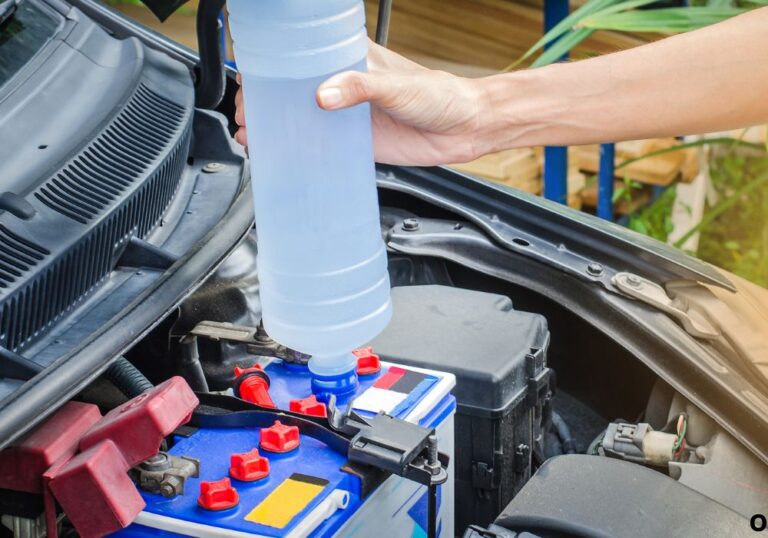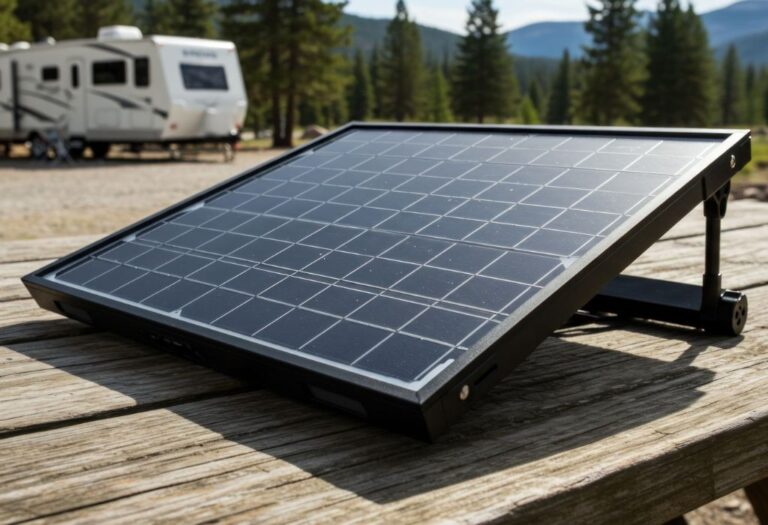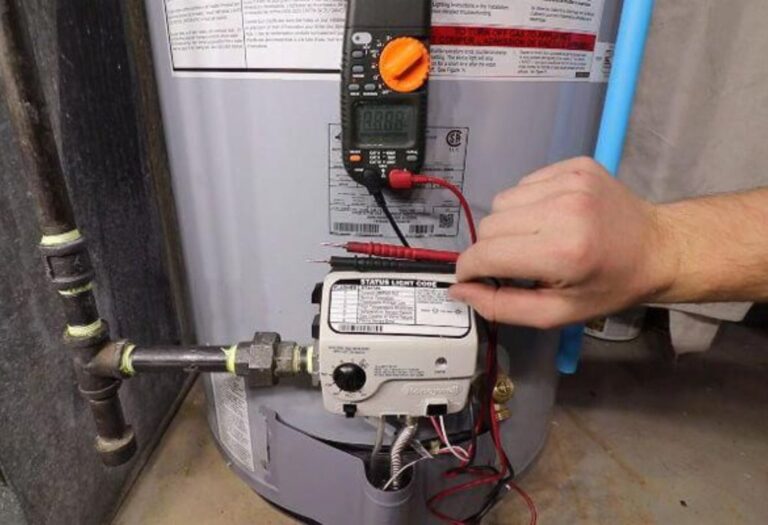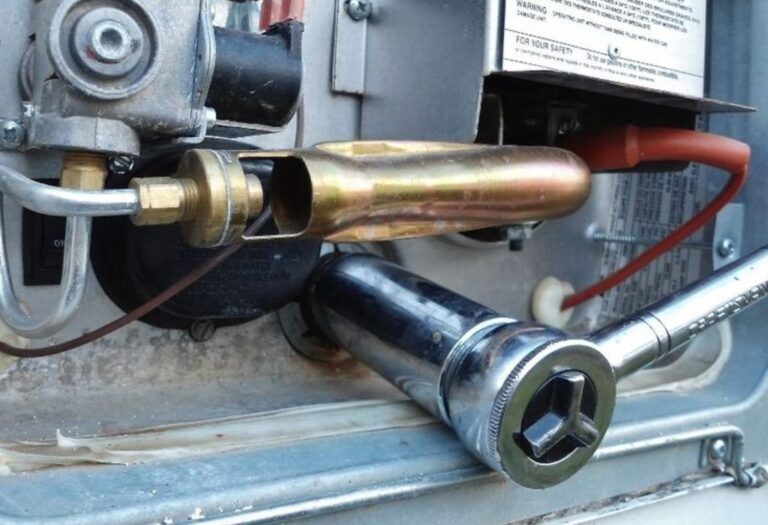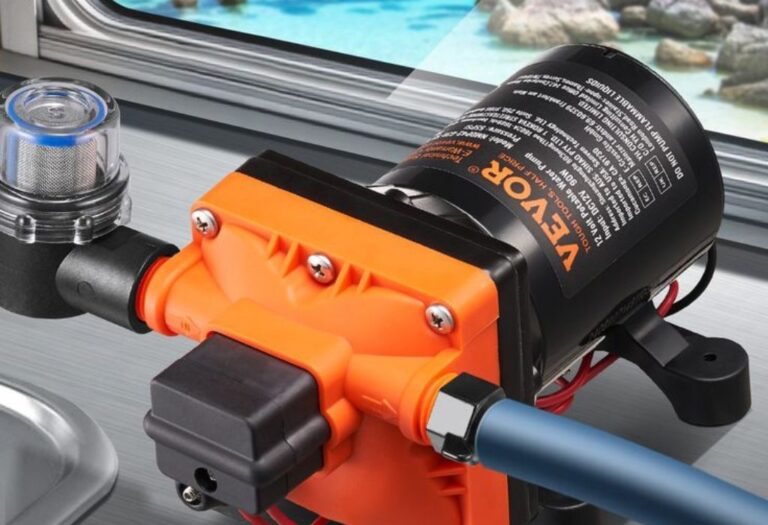How to Clean an RV Water Pump the Easy Way
Imagine pulling into a campsite after a long drive and turning on your RV faucet, only to be met with foul-smelling water. The pump is working, but the water tastes metallic and carries a hint of mildew.
This is a common problem for RV owners who forget to clean their water pumps. Over time, bacteria, algae, and mineral deposits build up in the system, contaminating the water supply.
According to the CDC, untreated water tanks can harbor bacteria such as E. coli, which pose serious health risks (CDC).
The issue is not only about safety but also about taste and performance. A survey by the RV Industry Association found that RV owners who sanitize their water systems at least twice a year experience 40% fewer pump malfunctions (RVIA).
That means regular cleaning can protect both your health and your wallet.
Cleaning your RV water pump also improves efficiency. When sediment and biofilm accumulate, the pump has to work harder to deliver water, causing noise, vibration, and premature wear.
Preventing buildup keeps water pressure strong and extends the lifespan of the entire RV plumbing system.
Fortunately, learning how to clean an RV water pump is easier than most owners realize. With a few supplies and a step-by-step process, you can flush out bacteria, remove residue, and enjoy fresh, safe water on every trip.
This guide explains why cleaning is essential, what tools you need, and the exact steps to follow. It also covers bleach-free alternatives, seasonal maintenance, and troubleshooting tips to keep your RV water system in top shape.
Why Cleaning Your RV Water Pump Is Essential
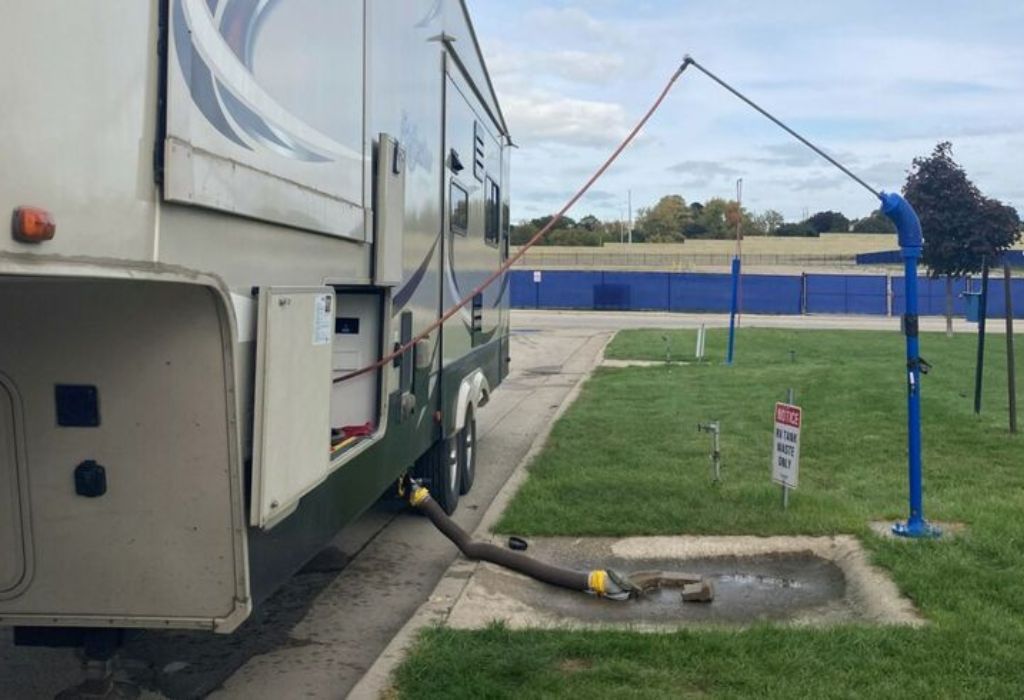
Your RV water pump is the heart of the plumbing system, pushing water from the freshwater tank through faucets, showers, and appliances. If it is not cleaned regularly, the entire water system can become contaminated, leading to unsafe drinking water and costly repairs.
A dirty water pump doesn’t just affect health. It also impacts water taste, pump efficiency, and system longevity. Keeping the pump clean ensures safe water, reliable flow, and fewer breakdowns during trips.
What happens if you don’t clean your RV water pump?
Bacteria, algae, and mineral deposits accumulate, creating foul odors and unsafe water.
How often should it be cleaned?
At least twice a year, or before and after long storage periods.
Does cleaning extend pump life?
Yes, removing buildup prevents clogs and reduces wear on pump components.
Is it about taste too?
Yes, unclean pumps cause stale, metallic, or musty-tasting water.
Can dirty pumps affect the whole system?
Yes, contamination spreads through water lines, faucets, and filters.
Tools and Supplies Needed
Cleaning your RV water pump does not require special equipment. Most supplies are affordable and already available in most RV toolkits.
The most common cleaning solution is diluted bleach, but RV-safe cleaners and natural alternatives like vinegar are also effective. Gloves, clean containers, and freshwater are all essential to complete the process.
What cleaning solution is best?
A diluted bleach solution is the most effective for sanitizing pumps.
Do you need special brushes?
No, flushing is usually enough, but brushes help with stubborn buildup.
Is vinegar safe to use?
Yes, vinegar is a natural and safe cleaning alternative.
What about gloves?
Yes, gloves protect your hands from bleach and bacteria.
Do you need bottled water during cleaning?
Yes, it ensures you have safe water while your RV system is offline.
Step-by-Step Guide: How to Clean RV Water Pump
Cleaning an RV water pump involves draining, sanitizing, circulating, and flushing. Following a clear process ensures the entire system is disinfected without leaving residue.
Start by draining the freshwater tank completely. Then mix the cleaning solution, circulate it through the pump, and flush with clean water until no odor remains.
Step 1 – Drain system: Why is draining first important?
It prevents dilution and ensures the cleaning solution works effectively.
Step 2 – Mix bleach solution: How much bleach per gallon?
Use 1/4 cup of bleach for every 15 gallons of water in the tank.
Step 3 – Fill freshwater tank: Why use the tank?
It allows the solution to circulate through the pump and all lines.
Step 4 – Run pump: How long should it run?
Run until you smell bleach at every faucet inside the RV.
Step 5 – Flush system: How many flushes are needed?
Flush with fresh water until no bleach smell or taste remains.
Alternative Cleaning Solutions (Bleach-Free Options)
Not everyone wants to use bleach in their RV water system. There are safe alternatives that still sanitize effectively, though they may require longer contact times.
Natural cleaners like vinegar or commercial RV cleaning solutions can remove buildup without leaving strong odors. These are popular for sensitive users or eco-friendly cleaning practices.
Is vinegar effective?
Yes, it sanitizes naturally but is slightly less powerful than bleach.
Are commercial cleaners better?
Yes, they are formulated for RV plumbing and safe to use.
Can lemon juice help?
It helps deodorize but is not strong enough for full sanitization.
Is boiling water useful?
Not recommended, as it can damage RV plumbing components.
When to choose bleach-free methods?
When avoiding chemicals due to allergies, taste concerns, or environmental reasons.
Seasonal RV Water Pump Maintenance
Seasonal cleaning keeps your RV water system ready for travel. Pumps should be sanitized before the first trip of the season and after storage.
Winterization also affects the pump, as antifreeze must be flushed completely before using the system again.
When should you clean the pump seasonally?
Before spring trips and after fall storage.
Can antifreeze affect the pump?
Yes, leftover antifreeze must be flushed to avoid contamination.
Do you need to clean after long inactivity?
Yes, stagnant water breeds bacteria and algae.
Is winterization a cleaning step?
It protects pipes, but sanitizing is still required separately.
How to protect the pump in freezing weather?
Drain all water and add non-toxic RV antifreeze.
Troubleshooting: Signs Your RV Water Pump Needs Cleaning
Even with regular maintenance, pumps can show signs of contamination or buildup. Identifying issues early prevents system damage and ensures water safety.
Bad odors, weak flow, and unusual noises are the most common indicators that cleaning is overdue.
Why does my RV water smell bad?
Bacteria buildup in the pump or water lines.
Why is water flow weak?
Sediment or mineral deposits clogging the pump or filters.
Why is the pump noisy?
Air or debris in the system causes rattling or vibration.
Why does the water taste odd?
Contamination from algae, rust, or old residue.
Can the pump stop working entirely?
Yes, neglect can cause clogs that lead to pump failure.
Expert Tips for Extending Pump Life
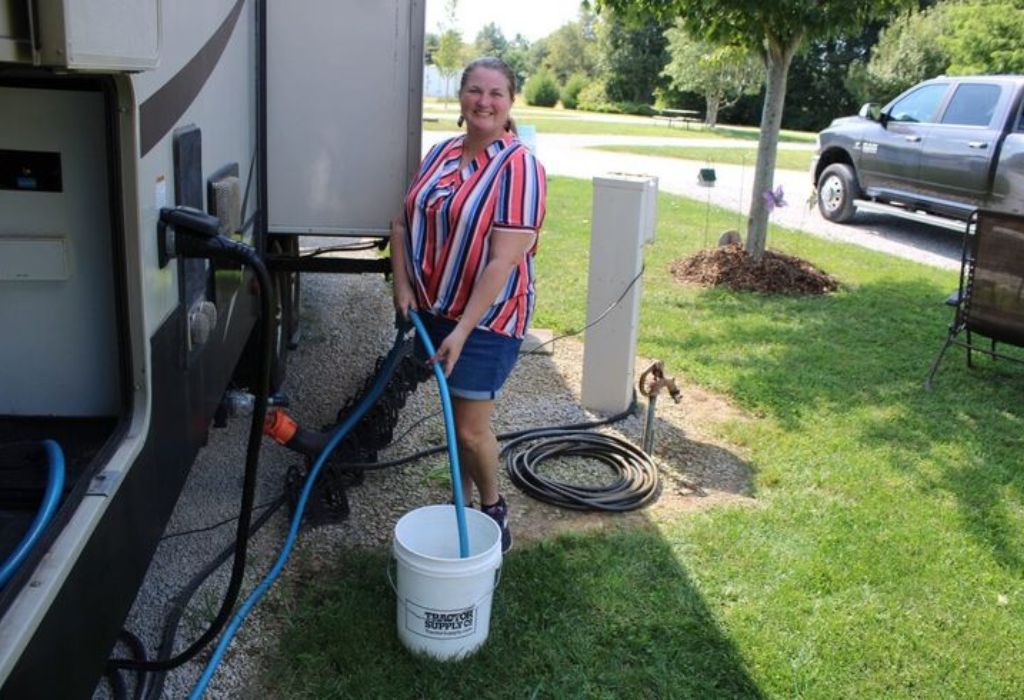
Keeping the pump clean is only one part of maintenance. Filters, water quality, and regular flushing all contribute to pump performance.
Simple habits like using water filters and avoiding untreated water sources help extend the life of the pump.
Should you use a water filter?
Yes, filters prevent sediment and debris from reaching the pump.
Can bottled water reduce strain?
Yes, using bottled water for drinking reduces system demand.
Does regular flushing help?
Yes, flushing monthly prevents buildup inside the lines.
What water sources should be avoided?
Avoid filling from untreated lakes or questionable campground spigots.
How often should you inspect hoses?
Check hoses before every trip for cracks or leaks.
FAQs
How to clean RV water pump quickly?
Drain the system, add bleach solution, circulate through lines, then flush.
Is vinegar safe for RV water pumps?
Yes, it is a natural and safe alternative to bleach.
How often to sanitize RV water pump?
At least twice a year or before and after long-term storage.
Do you need to flush antifreeze?
Yes, always flush antifreeze before the pump is used.
What are signs the pump is dirty?
Foul taste, odor, reduced flow, or unusual pump noises.
Conclusion
Knowing how to clean an RV water pump is essential for health, performance, and system longevity. A clean pump ensures safe drinking water, better taste, and reliable water pressure during every trip.
Regular cleaning at least twice per year, along with flushing after storage, prevents contamination and pump failure. Bleach is effective, but natural alternatives also work for sensitive users.
Make RV water pump cleaning a part of your seasonal checklist. Fresh, safe water on the road means fewer problems and more time enjoying your adventures.
I’m David R. Coleman, the founder, lead writer, and lifelong tool enthusiast behind GarageToolPro.com. With years of experience in automotive repair, woodworking, and home DIY projects, I created this platform to share practical tips, detailed tool reviews, and step-by-step guides that help mechanics, hobbyists, and homeowners get the job done right the first time.

